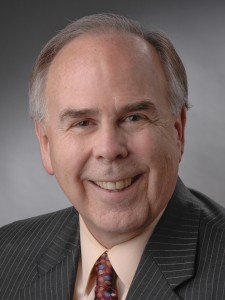By David Hurtado
With the tricks and treats of Halloween coming to a close and the festive atmosphere of the holiday season fast approaching, Student Senate is preparing their annual drive for those experiencing financial hardships.
JCCC Gives, which runs until Dec. 5, is a drive that works towards ensuring less fortunate members of the college community are able to celebrate the holidays with joy. Common items sought each year include heaters, children’s toys, food and clothing.
Elliot Rogers, Student Senate president, said the drive is not just restricted to students, faculty and staff of the college. Anyone who is in need of help during the holidays can be nominated to receive donations.
“We kind of bill it as a community charity event and drive,” Rogers said. “It’s an event hosted by Senate and held in the CSI Lounge, where we invite the entire campus community to nominate anyone. It’s completely confidential; you can even nominate yourself.”
The drive can be both for individuals as well as family units, according to Rogers.
Nomination forms can be printed off from the college’s website or picked up from the CSI in COM 309. Once filled out, they are asked to be turned in to Mindy Kinnaman, advisor for Senate in the CSI. The information is then compiled onto confidential forms and put up on a tree in the room for individuals to ‘adopt.’
“One of the cool things about Gives is there’s really no limit on it,” Rogers said.
However, Student Senate does assess the requests to make sure they are needs and not simply wants.
“We only put onto the tree things that someone would actually need,” Rogers said. “That’s kind of our moderation of this; we look at these requests and make sure that they’re necessary and are fulfilling the purpose of Gives.”
Nominations are open until Nov. 8 and adoptions begin Nov. 11, running through Dec. 5. Gifts will be given to recipients during the week of Dec. 9 – 13.
Contact David Hurtado, features editor, at dhurtado@jccc.edu.






















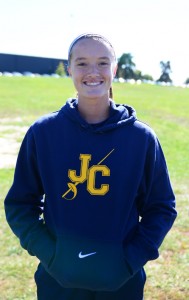

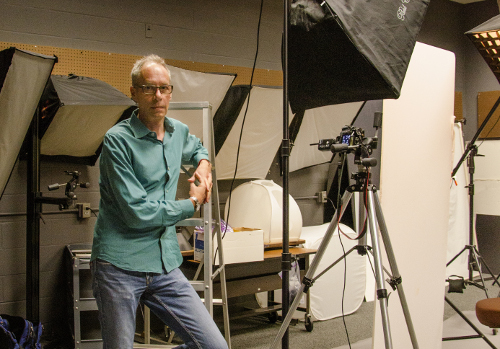
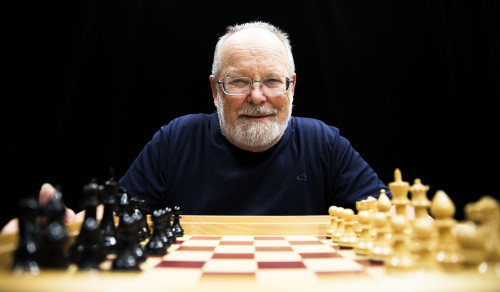
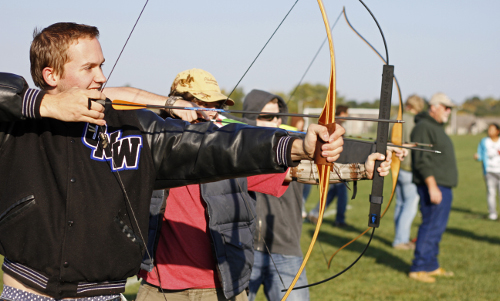

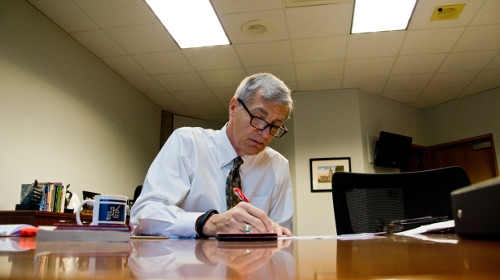

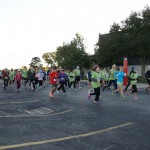


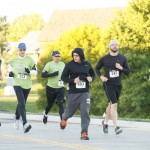

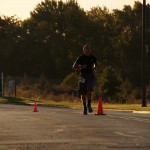
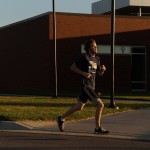


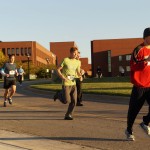
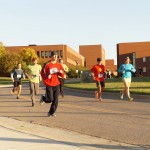
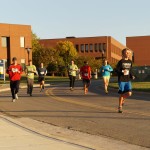




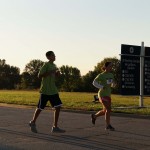



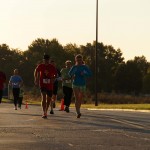

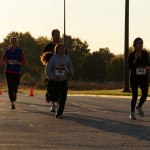
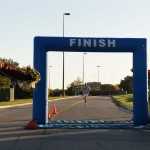





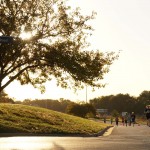

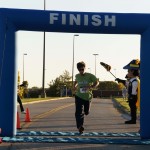
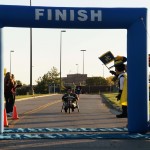

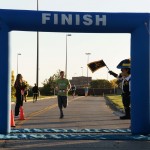

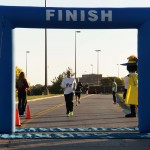
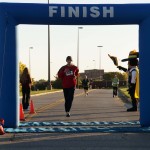




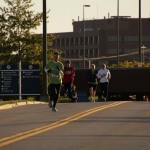

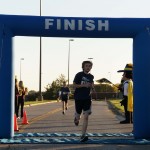
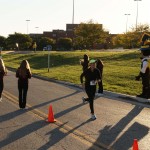

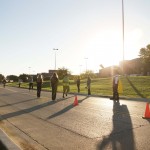

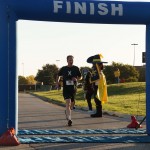
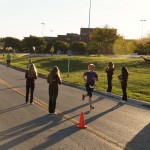
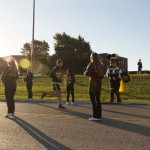
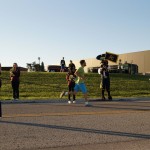
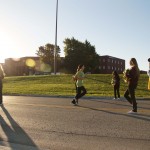
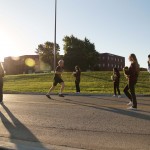
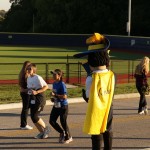



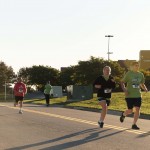
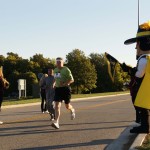
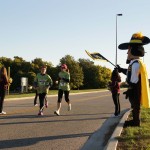
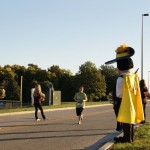
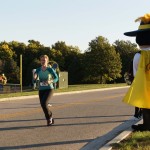
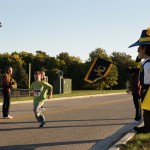

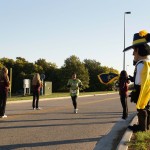
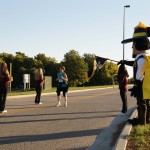
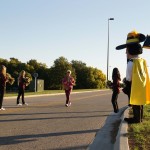
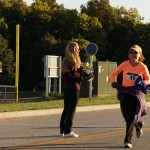

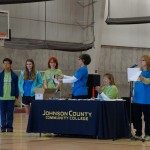
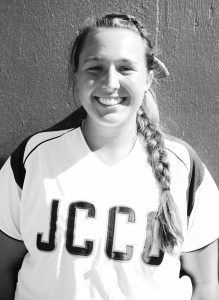
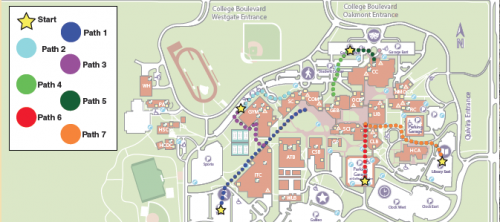
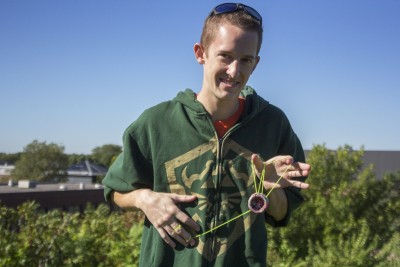
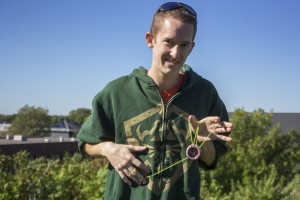

![drummond_bob[1]](http://blogs.jccc.edu/campusledger/files/2013/10/drummond_bob1-e1381458071482.jpg)
